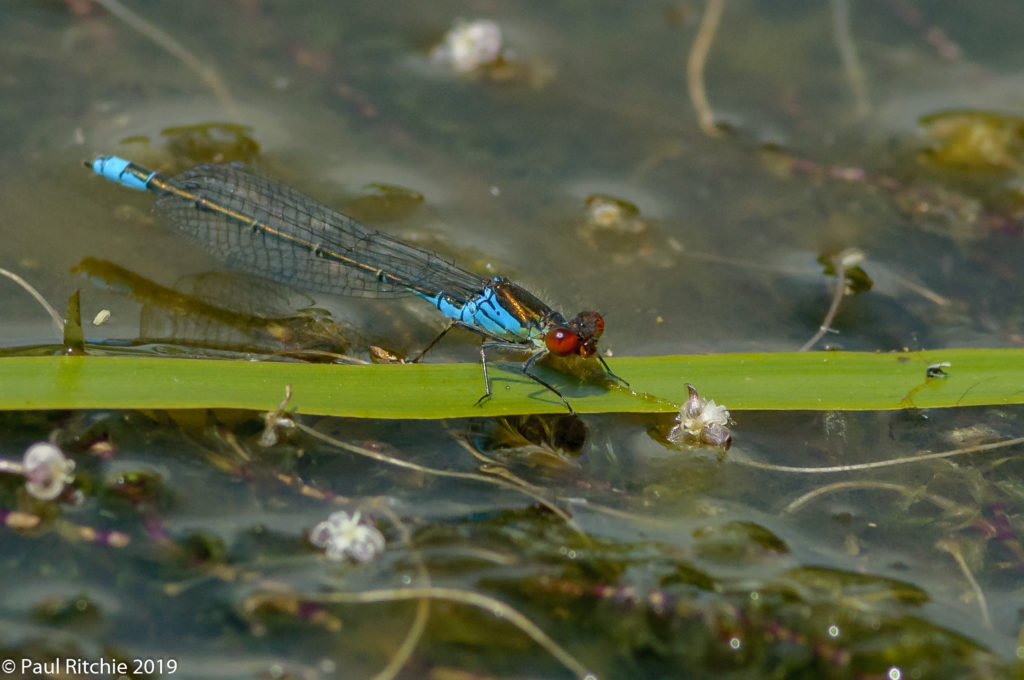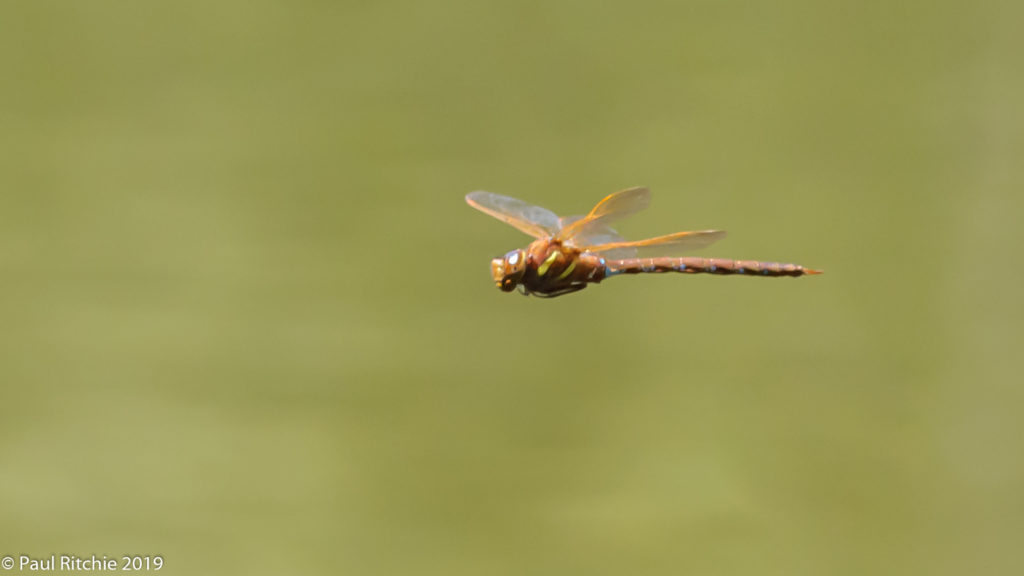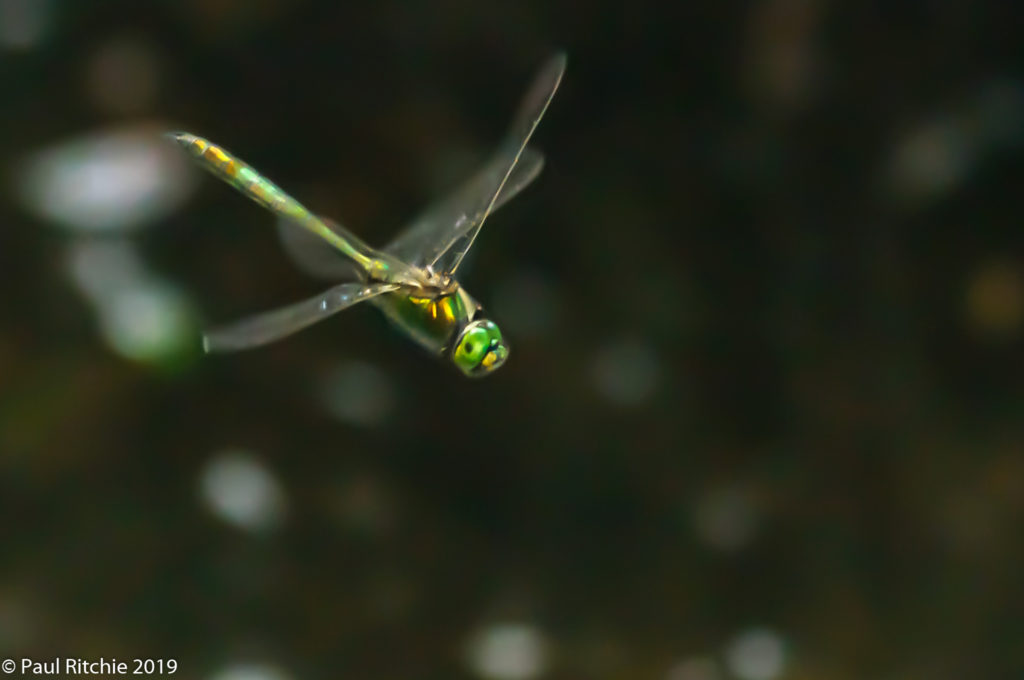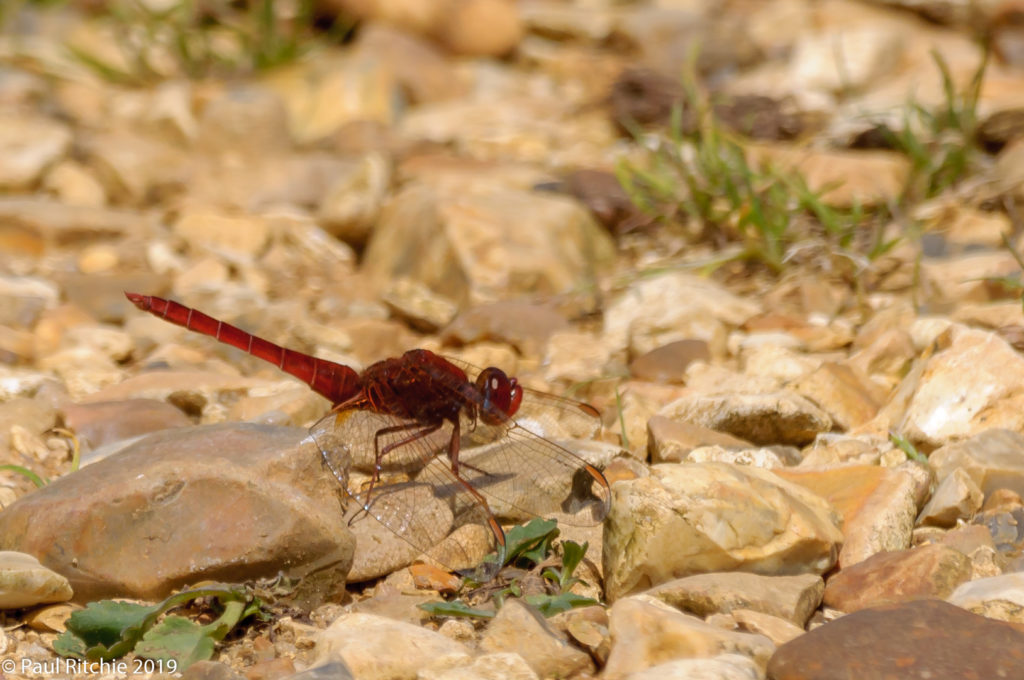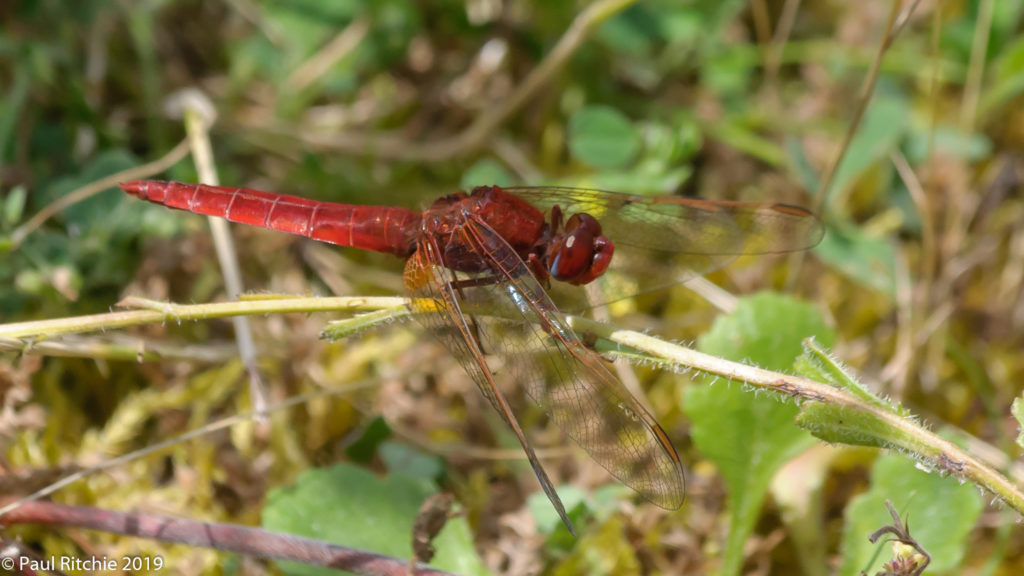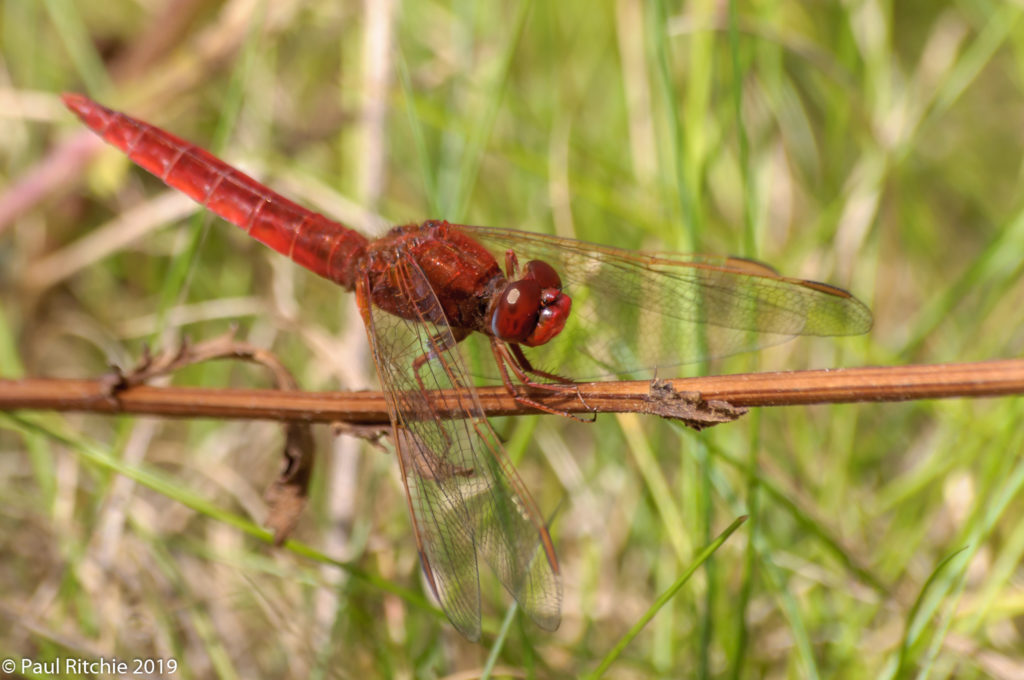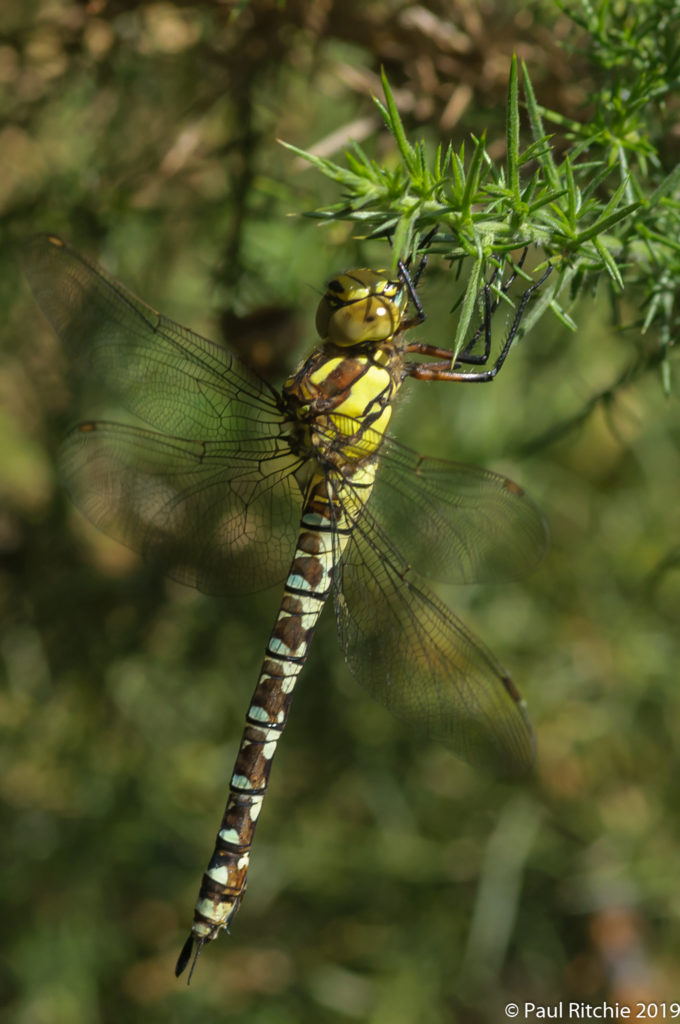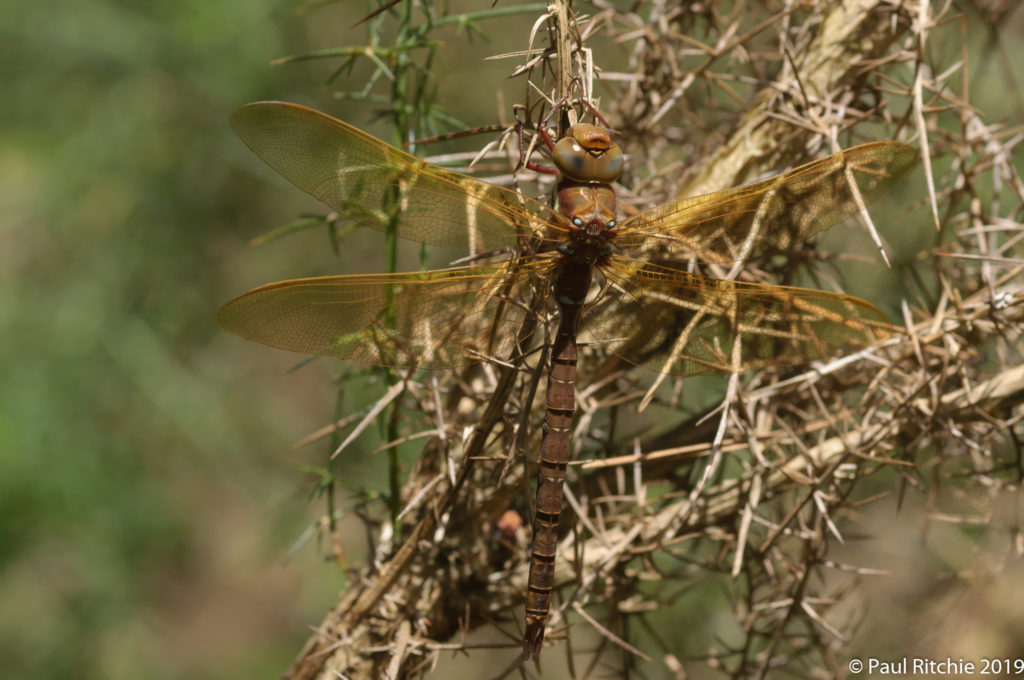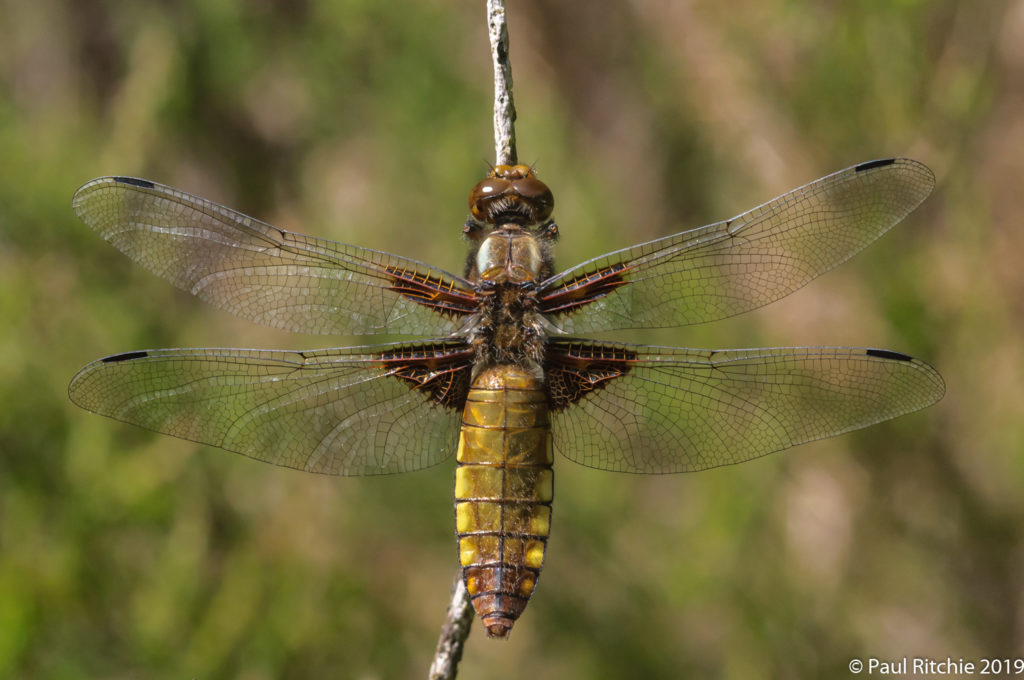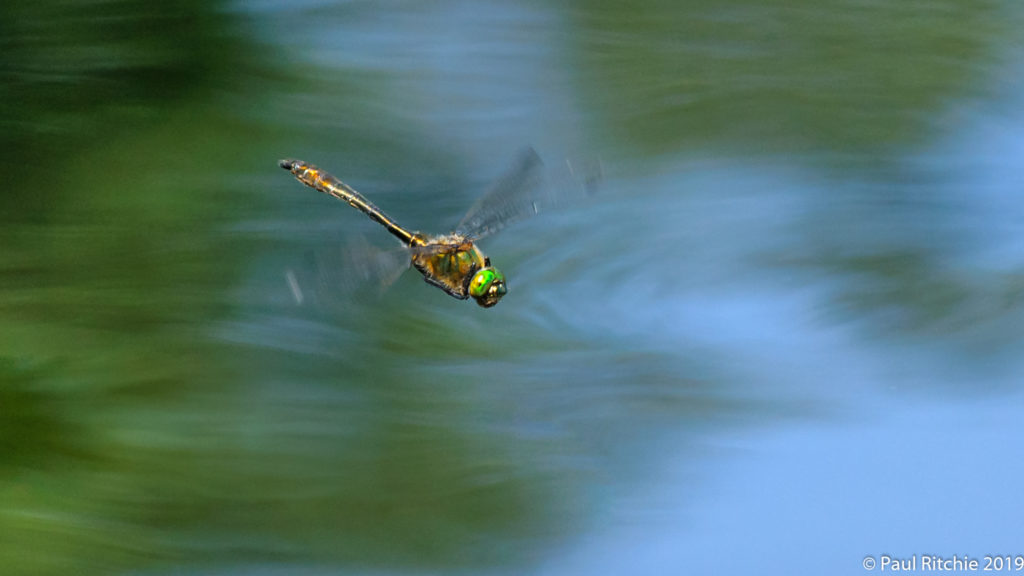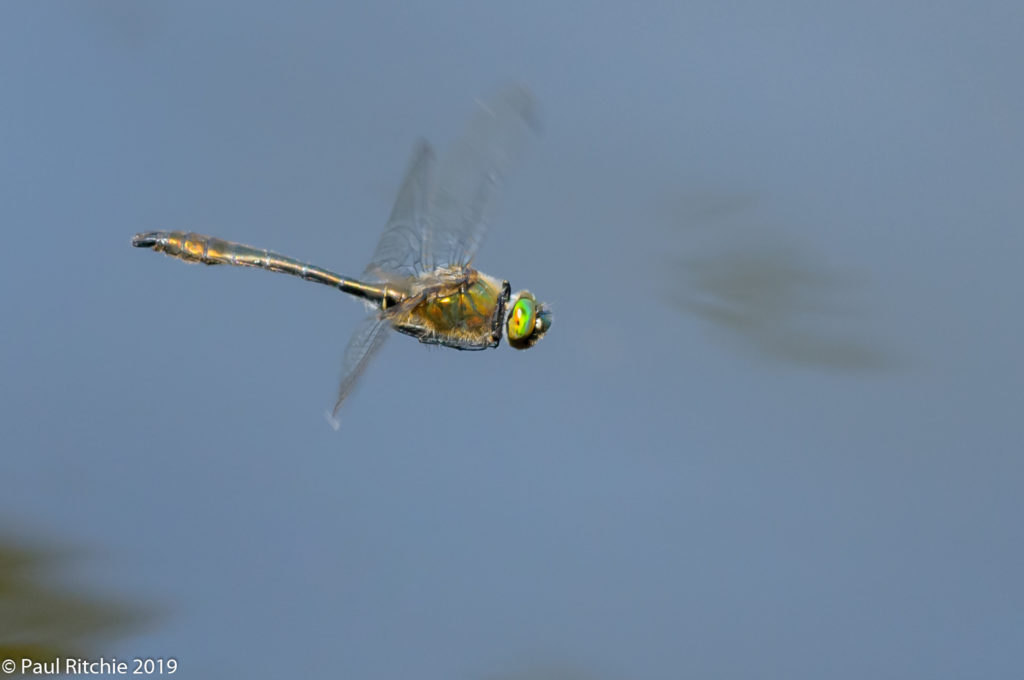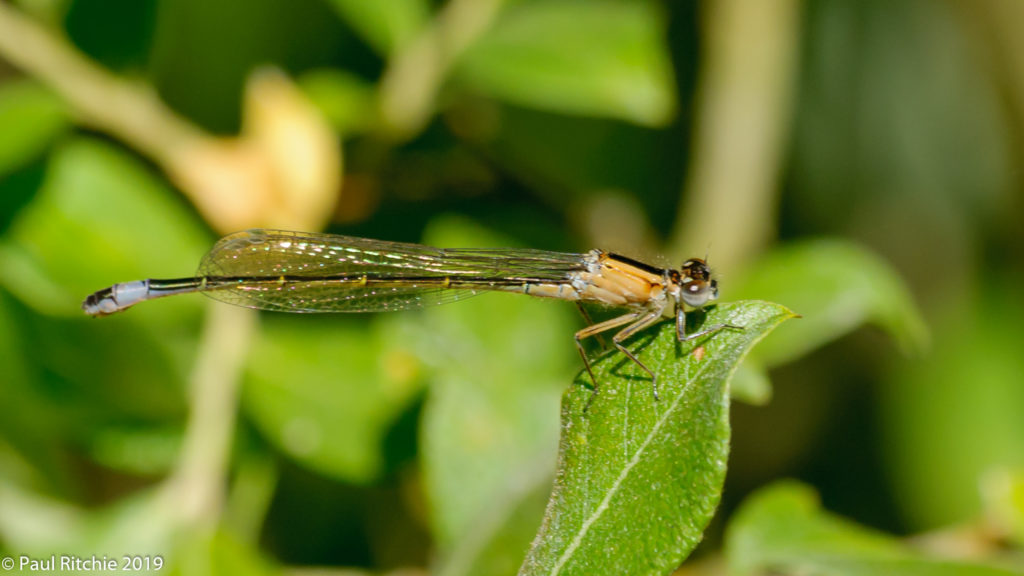June & July are peak times for the streams of the New Forest. Whether you choose Latchmore, Ober Water, Silver Stream or Crockford you are always guaranteed a feast of favourites.
Keeled Skimmer, Golden-ringed, Beautiful Demoiselle, Southern and Small Red Damselfly all flourish, and depending on your choice you can add Scarce Blue-tailed and White-legged to the list.

When I’m not gallivanting off chasing rarities or running field trips I like to indulge myself in the peace & tranquility of a babbling brook, refreshing in even the humid heat of a glorious summer day.
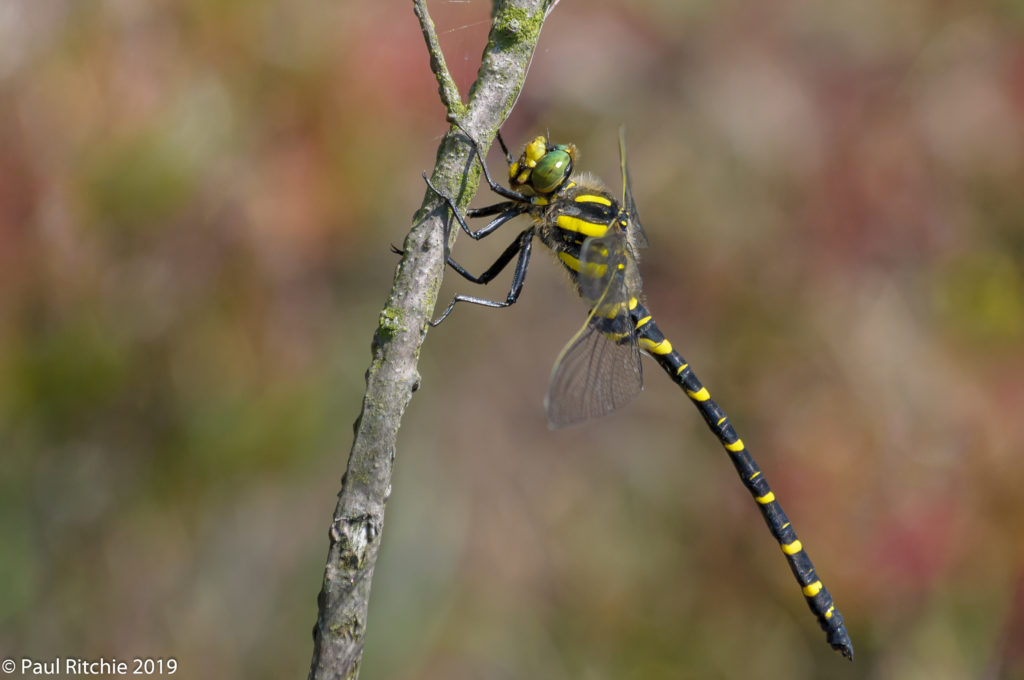
Time spent strolling the water course, wading through fords or simply staying put to see who may visit, rarely are two days the same.
Within the eddies and flows are frequent, open pools created by livestock who come down from off the heath to bathe and drink. Here you can find Broad-bodied Chasers and Emperor holding territories.
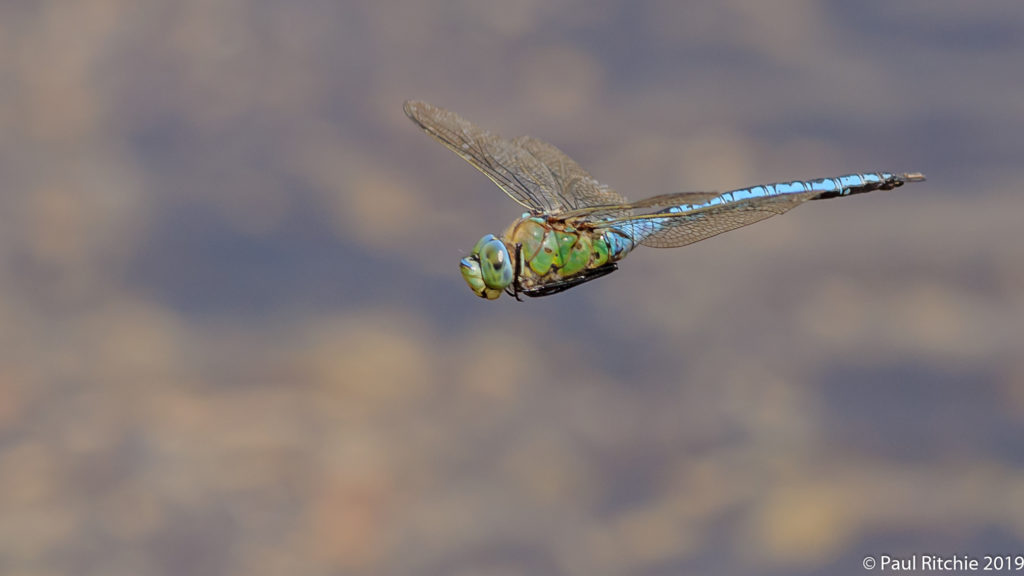
Move on too quickly and you may miss the arrival of a female Emperor flying in to oviposit in the emergent vegetation.
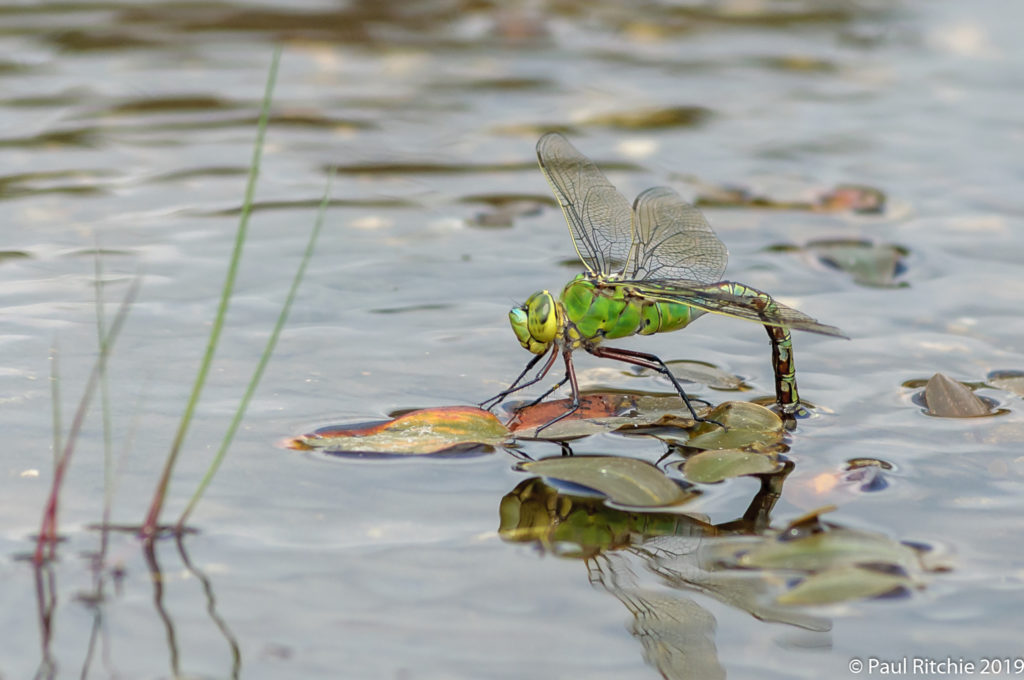
In the faster flowing sections male Golden-ringed hold territories, chosen carefully to entice the females. If they have chosen a suitable place their seed is the one she’ll choose for the next generation.
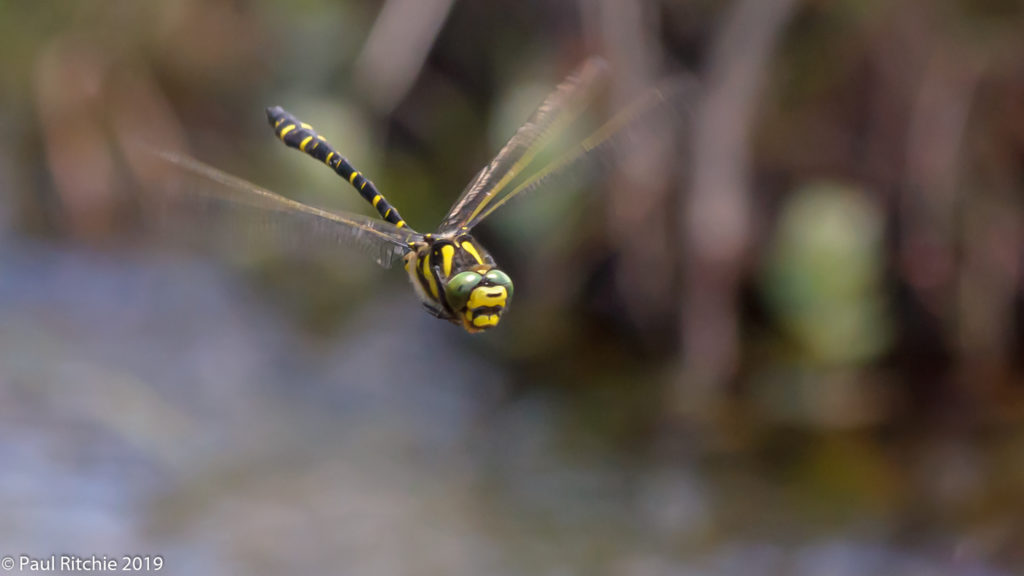
If a coupling is successful they rise up in search of some peace and quiet for half an hour, usually a meter or two above ground, secluded in the shade of a gorse stand.
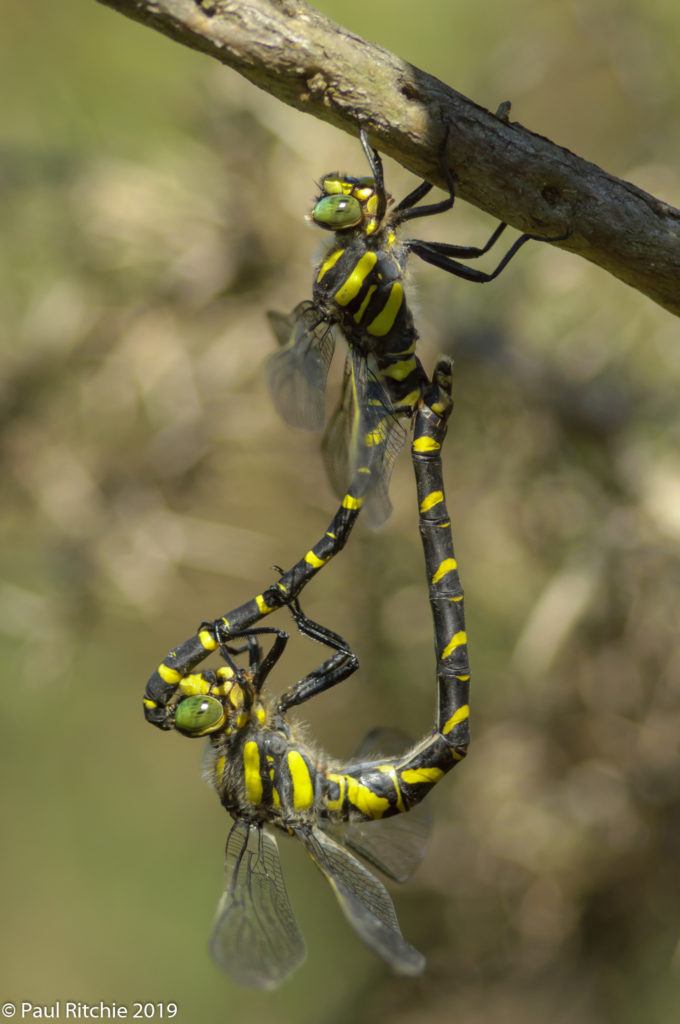
When this union is complete the male returns to his territory while the female deposits her eggs with frequent, violent thrusts into the gravel substrate of the stream.
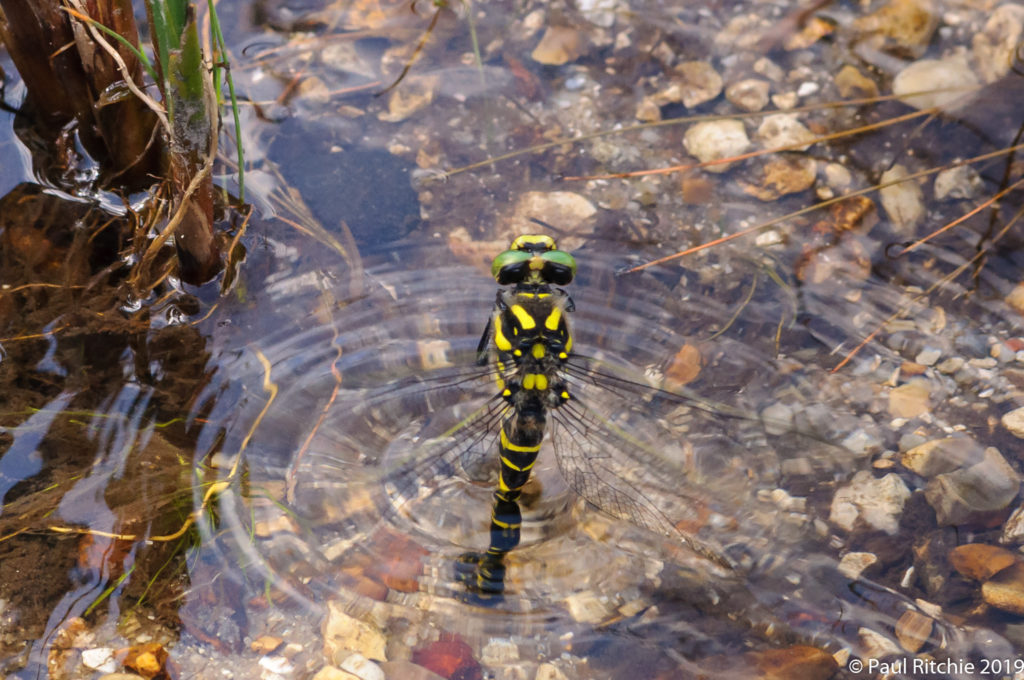
Spend a few hours at one of the New Forest’s many streams on a warm, sunny day in the height of summer and you will not be disappointed.

